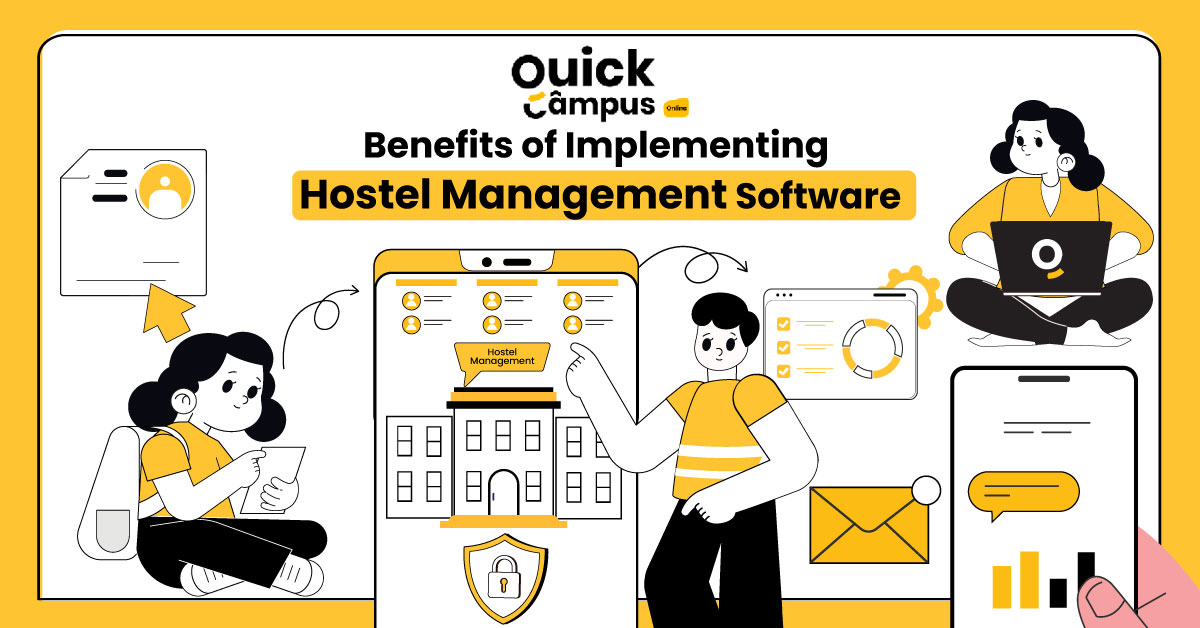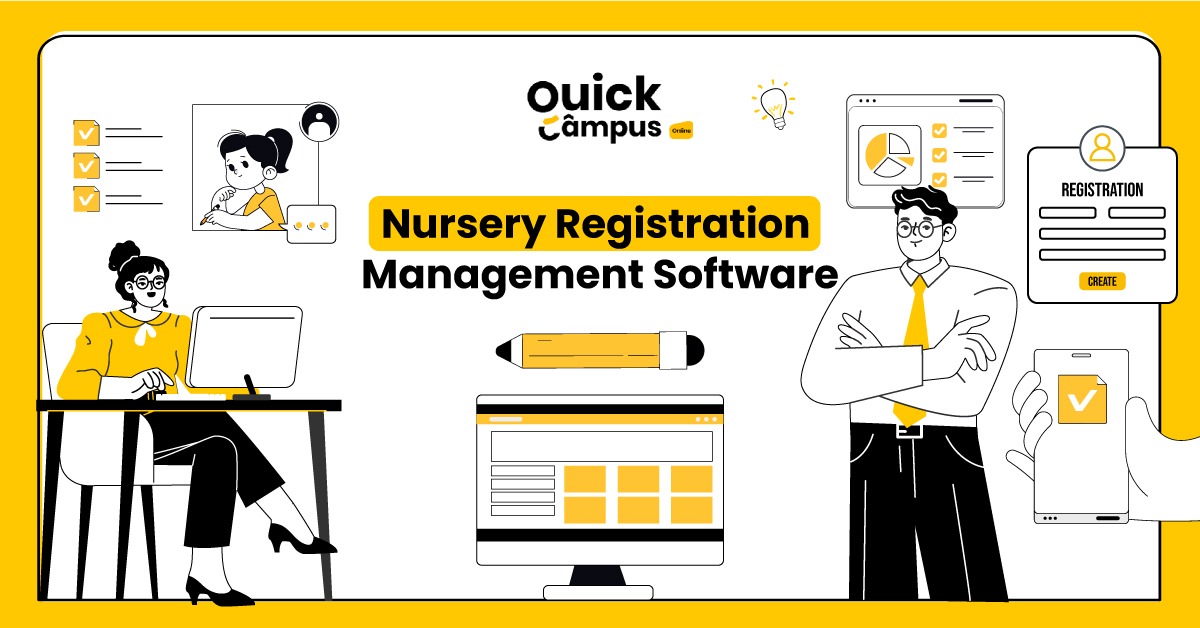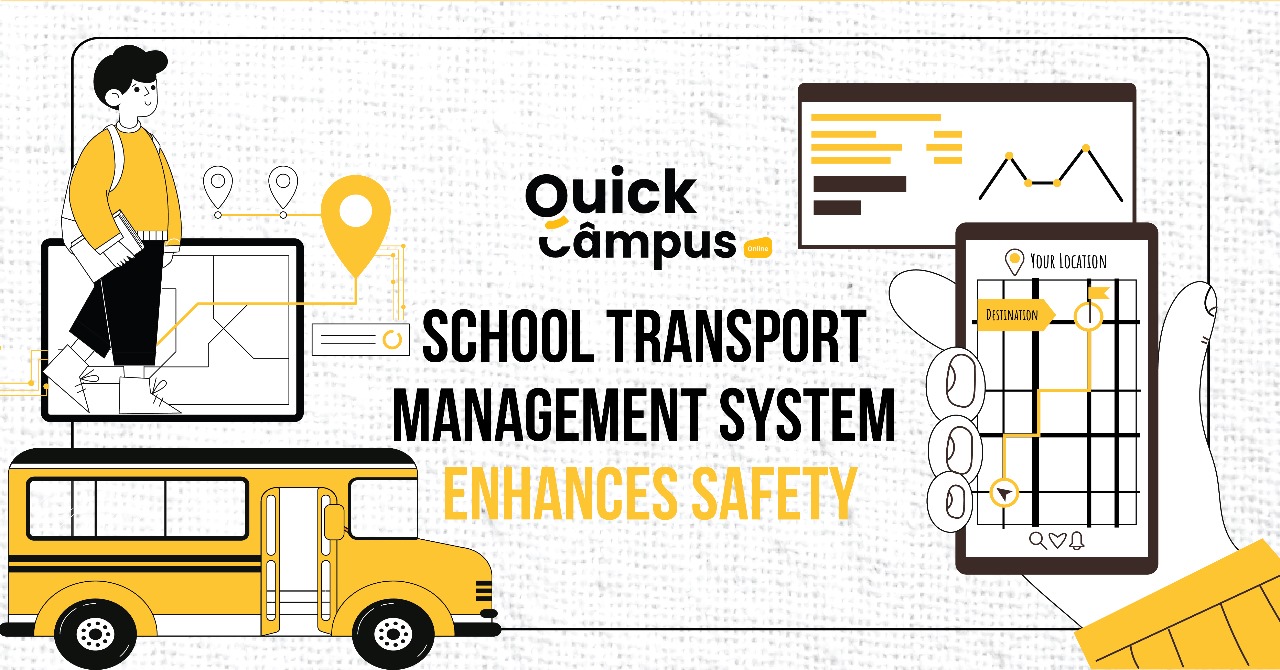The Impact of Virtual Reality on Socialization and Community Building
Virtual reality (VR) has transformed the way we experience the world around us. With the help of technological advancement, VR has made it possible for individuals to enter a simulated environment and interact with it in a way that feels real. While the use of VR has primarily been associated with the gaming industry, its impact extends far beyond that. In particular, virtual reality is revolutionizing how we socialize and build communities.
Virtual reality has created a platform for individuals to connect with one another, irrespective of their geographical location. It enables people to interact with one another in a simulated environment, which can mimic the experiences of the physical world. This capability allows individuals to experience events, activities, and environments they might not have had the opportunity to otherwise.
One of the most significant impacts of virtual reality on socialization and community building is its ability to break down physical barriers. By creating a shared virtual environment, individuals can connect with each other without worrying about the distance, travel time, or other physical constraints. This is particularly valuable in situations where individuals might be unable to attend events or activities in person, such as due to physical limitations or scheduling conflicts.
Furthermore, virtual reality has also enabled individuals to build communities around shared interests and experiences. Virtual reality communities form around particular activities, interests, or hobbies. For example, individuals interested in virtual reality gaming can join a community focused on that activity. Similarly, individuals interested in virtual travel can join a community that explores different virtual environments.
These communities foster a sense of belonging and allow one to connect with others who share their interests. Virtual reality communities can also provide individuals with a platform to showcase their skills and creativity. Individuals can create their own virtual environments, share their artwork or music, or participate in collaborative projects with others in their community.
In addition to fostering a sense of community, virtual reality has significantly impacted socialization. By enabling individuals to interact with one another in a simulated environment, virtual reality can provide individuals with an opportunity to develop social skills and overcome social anxiety. Virtual reality environments can mimic real-world social situations, allowing individuals to practice social interactions in a safe and controlled setting.
Virtual reality can also let people experience empathy and perspective-taking. By entering a simulated environment, individuals can experience what it is like to walk in someone else’s shoes. This can be particularly valuable in situations where individuals might have limited exposure to different cultures, lifestyles, or perspectives.
Moreover, virtual reality can revolutionize how we learn and educate. By creating immersive learning environments, virtual reality can make learning more engaging and interactive. This can lead to increased knowledge retention and a deeper understanding of the subject matter. Virtual reality can also enable individuals to learn in a collaborative environment, enabling them to work together to solve problems and complete tasks.
However, it is vital to note that virtual reality has its limitations. Virtual reality experiences can be expensive and require specialized equipment, which might not be accessible to everyone. Additionally, virtual reality environments can be isolating, as individuals might become absorbed in the simulated environment and disconnect from the physical world around them.
Thus far, virtual reality has influenced and facilitated socialization and community building. It has enabled individuals to connect with one another irrespective of their geographical location and build communities around shared interests and experiences. Virtual reality has also allowed users to develop social skills, experience empathy and perspective-taking, and learn in immersive environments. While virtual reality has its limitations, its potential to revolutionize how we experience the world around us cannot be ignored. As virtual reality technology continues to evolve, it will be exciting to see how it will shape our social and community interactions in the years to come.












